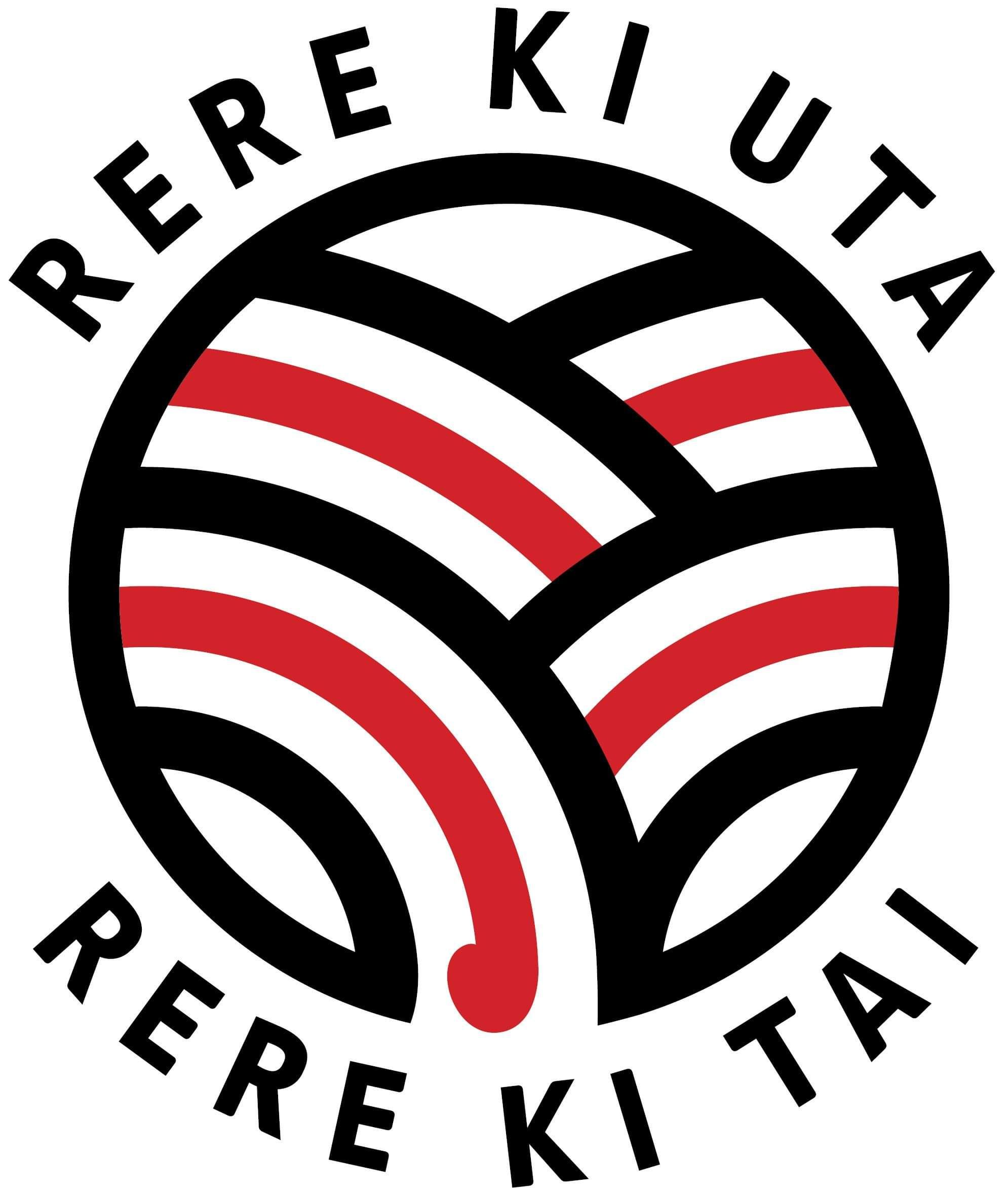PROJECTS
AgriSea Financial Modelling Project
RERE KI UTA, RERE KI TAI
June 2022 ongoing
RESEARCH
This project seeks to identify pathways for farming systems that enhance the mana and mauri of the soil, and assess any inform changes in soil health, animal wellbeing, milk and meat quality, ecological and environmental health, rural community and kaimahi pamu (farmer) wellbeing, and farm finances. The research builds on six years of pilot research by AgriSea.
PROJECT GOALS
Increase the mana and mauri of soil so that it is valued beyond its 'use'.
Improve farm and community outcomes: environmental, social, economic and cultural.
Increase the value of Aotearoa New Zealand brand to leverage higher demand/ value and confidence in our products for improved returns to the value chain
FARMS
This project is spread over 10 farms, from Taupo to the Hauraki Plains. There is a mixture of both conventional, regenerative and organic farms involved.
RECO and RERE KI UTA, RERE KI TAI
Our involvement focuses on the financial aspects of the farming business involved with the project. We have been tasked with the challenge of creating a financial baseline for the farms involved and monitoring these metrics throughout the tenure of the project to determine whether there have been financial gains achieved through use of the product. We look forward to presenting more information as this project progresses.

Our Land and Water Project
Zero Internationally Produced Supplement in the New Zealand Dairy System
August 2022
The aim of this project was to determine how the effects of removing all Internationally Produced Supplement (IPS), affects our New Zealand dairy farming systems with a productivity, profitability and sustainability lens.
Two approaches were taken in terms of substituting IPS throughout New Zealand. Maize silage was identified as the most appropriate substitute for the north island, barley and wheat grain for the south island.
The biggest challenge moving to a ZIPS dairy system in New Zealand is our availability of land to grow the alternative crops.
For production per hectare and per cow to remain the same as the season ended 31 May 2021, a total of 183,000ha would need to be retired from actively milked dairy platforms to yield the required tonnage of NZ Produced Supplement (NZPS).
Dairy farmers are nimble and willing to change, however the industry has become very reliant on IPS and moving to a ZIPS system is not the immediate answer. Net production and profitability is likely to be too damaging to the businesses sustainability for the short to medium term. A sustainable dairy business will be able to reinvest returns to ensure the business adopts modern practices that are for the betterment of the environment.

Our Land and Water Project
Creating a Diverse and Sustainable Dairy Farming and Forestry Landscape
July 2021
This project aimed to assess the impact of trees in dairy pastures and how this would affect pasture production and cow behaviour.
Pasture production was measured in December 2020 and March 2021 using a rising plate meter. Pasture quality was also assessed at the same time to determine the overall nutritive value of the feed.
Cow behaviour was also assessed using Cow Manager Ear Tags, HOBO Cow Collars and GPS pedometers.
The hypothesis that pasture production would increase in a shaded environmental was not proved, however cows spend more time under shade when available in the afternoon. The trial was only tested over a short period of time and greater level of research would be required to accurately determine these short term results.



